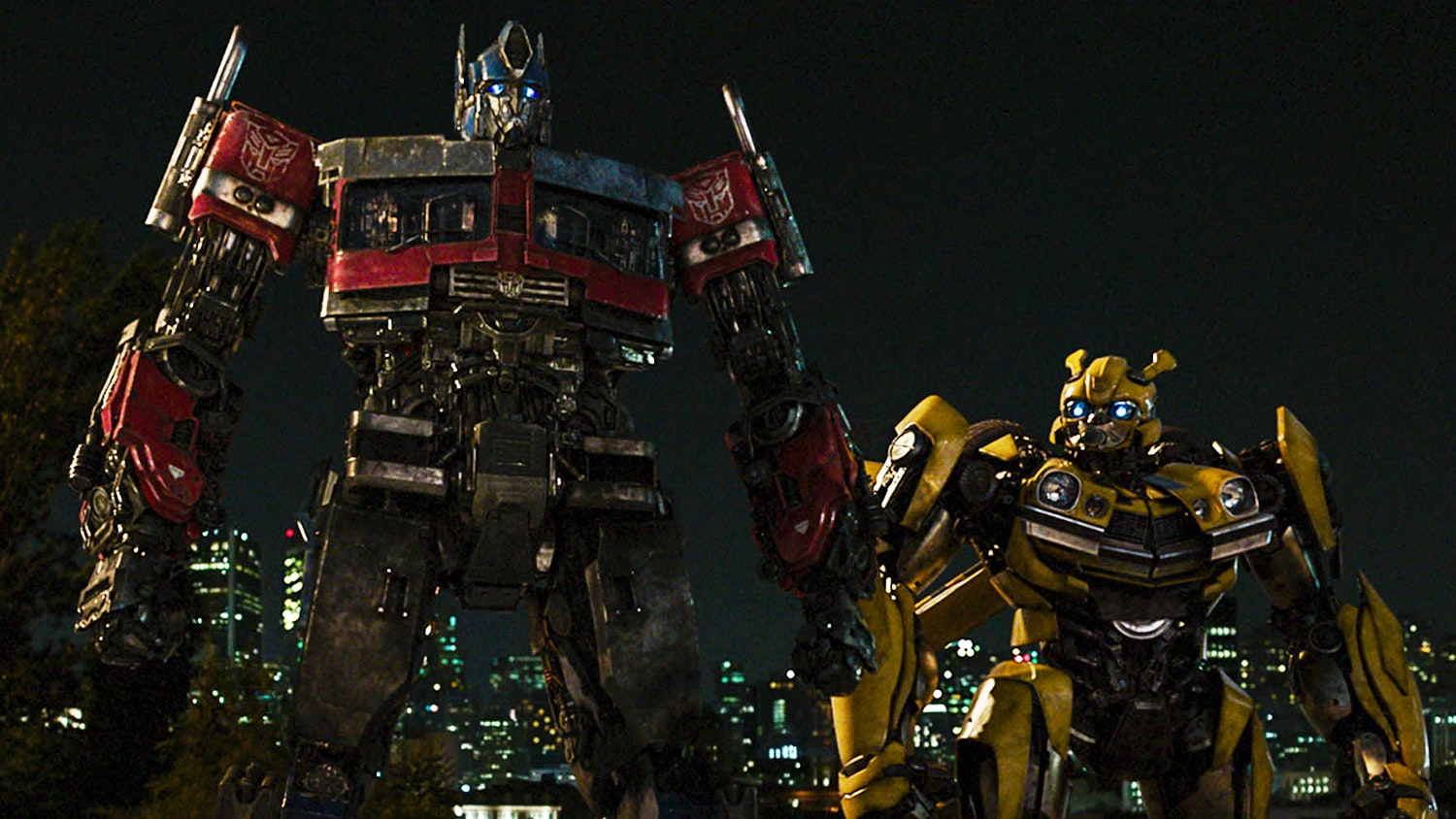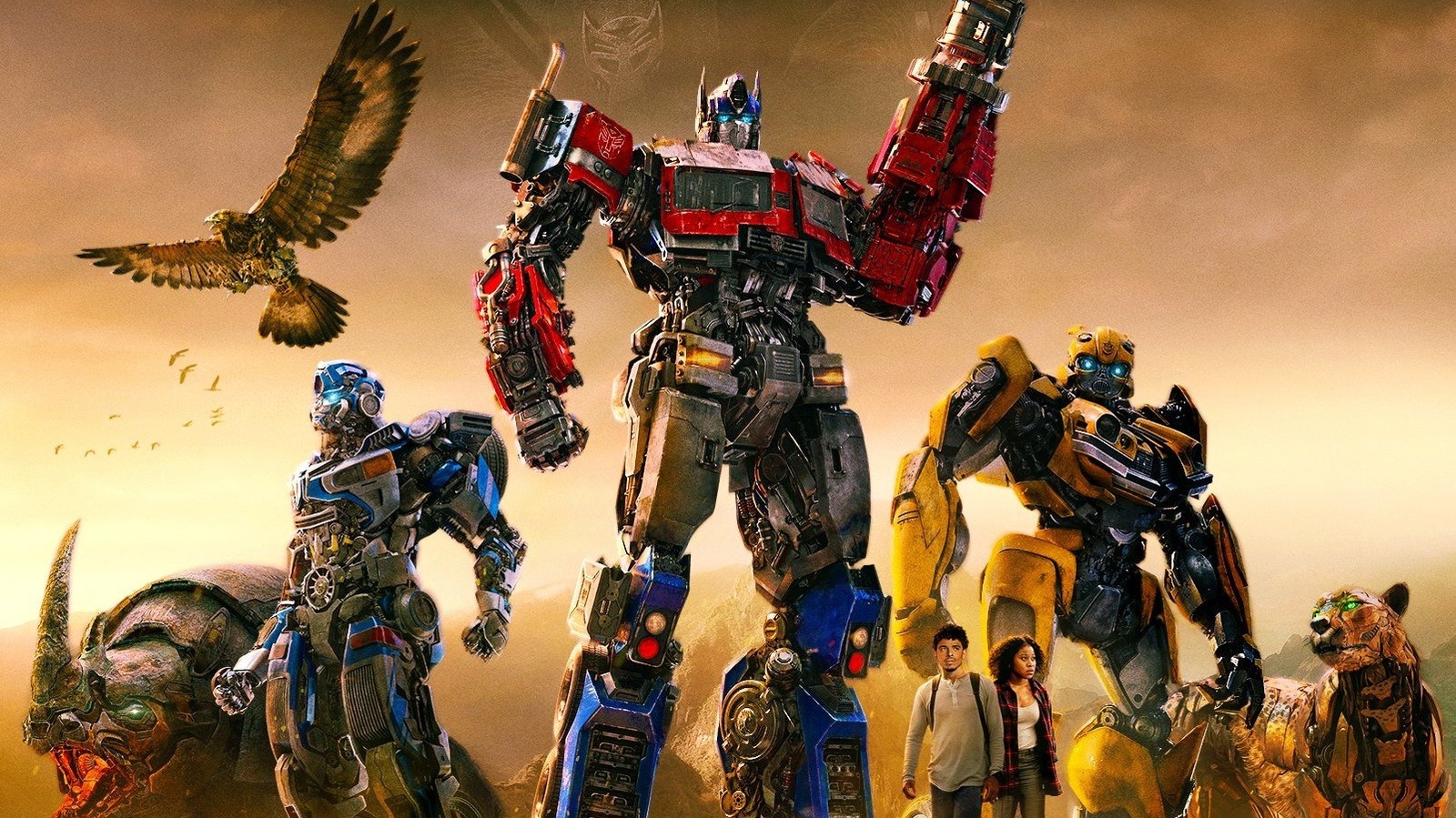In the realm of pop culture, few characters stand as prominently as Megatron, the formidable leader of the Decepticons in the Transformers franchise. Known for his ruthless ambition and unyielding desire for power, Megatron has often been portrayed as the quintessential villain. However, a deeper exploration reveals layers of complexity to his character, prompting the question: Is Megatron merely a villain, or is he a misunderstood anti-hero? This article delves into the nuances of Megatron’s legacy, examining his motivations, relationships, and the impact he has had on both the Transformers universe and the audience.
The Origins of Megatron: A Leader with a Vision
Megatron was first introduced in 1984 as part of the Transformers toy line and animated series, created by Hasbro and Takara. Originally depicted as a ruthless tyrant, his character has evolved significantly over the years. Understanding Megatron’s origins is essential to grasping his complex legacy:
- Background: Megatron hails from the planet Cybertron, where he was initially a gladiatorial leader advocating for the rights of Cybertron’s lower classes.
- Ideological Conflict: His rise to power was rooted in a desire for freedom and equality for Cybertronians, as he sought to overthrow the oppressive regime led by the nobility.
- Transformation into Villainy: The idealistic roots of his rebellion gradually gave way to a quest for domination and control, marking his transition to villainy.
Motivations: The Duality of Power and Justice

To understand Megatron’s character, one must examine his motivations. While he often resorts to tyranny and violence, his actions can be interpreted as a misguided pursuit of justice:
- Vision of a New Order: Megatron’s goal is to create a world where the strong rule and the weak do not suffer. This desire, although twisted, is rooted in a vision of a better society.
- Survival of the Fittest: His philosophy aligns with the concept of Social Darwinism, where he believes that only the strongest should thrive, justifying his ruthless methods.
- Past Trauma: Megatron’s experiences as a gladiator shaped his worldview. The brutal combat he endured instilled in him an unyielding belief in power and dominance as the means to protect oneself.
The Complexity of Relationships: Allies and Adversaries

Megatron’s relationships with other characters further highlight his complexity. His interactions with allies and enemies reveal a multifaceted personality:
- Optimus Prime: The rivalry with Optimus Prime, the noble leader of the Autobots, showcases Megatron’s darker side. Their conflict is not just ideological; it represents a clash between two contrasting leadership styles.
- Starscream: Megatron’s tumultuous relationship with his second-in-command, Starscream, illustrates his vulnerability. Despite being a tyrant, Megatron often displays a sense of loyalty to those who serve him faithfully.
- Human Characters: In various adaptations, Megatron interacts with human characters, revealing moments of unexpected empathy, which complicate the perception of him solely as a villain.
Interpretations Across Media: From Villain to Anti-Hero

Megatron’s portrayal has varied across different media, leading to different interpretations of his character. These adaptations contribute to the debate on whether he is a villain or an anti-hero:
- Animated Series: In the original Transformers animated series, Megatron is depicted almost exclusively as an evil tyrant, prioritizing power above all else.
- Comics: The Transformers comics often delve deeper into Megatron’s psyche, exploring his ideologies and offering glimpses of the character’s internal conflicts.
- Live-Action Films: The Michael Bay films portray Megatron as a more tragic figure, where his motivations are sometimes portrayed as the result of betrayal and conflict.
Psychological Analysis: The Mind of a Villain

To further dissect Megatron’s character, a psychological lens can be applied. His actions can be analyzed through various psychological theories:
- Narcissism: Megatron exhibits traits of narcissism, believing he is superior to others and entitled to power, which is characteristic of many classic villains.
- Trauma Response: His gladiatorial past can be seen as a significant trauma, shaping his worldview and leading to his ruthless behavior.
- Existentialism: Megatron’s actions can also be interpreted through an existential lens, where he seeks meaning through power, viewing his violent actions as a means to carve out an identity.
Impact on Pop Culture: A Lasting Legacy

Megatron’s legacy extends beyond the Transformers franchise, influencing broader pop culture and media:
- Archetype of the Villain: Megatron has become a quintessential villain archetype in media, influencing the portrayal of antagonists in various stories.
- Merchandising and Fandom: As one of the most recognizable characters in the Transformers franchise, Megatron has generated a vast array of merchandise, from toys to collectibles, reflecting his enduring popularity.
- Fan Interpretations: The complexity of Megatron’s character has led to extensive fan theories, fan fiction, and artwork that explore his duality as both a villain and a tragic figure.
Conclusion: A Misunderstood Anti-Hero?

In conclusion, Megatron’s legacy as a character is far more complex than a simple categorization as a villain. His origins, motivations, and relationships all contribute to a portrait of a leader shaped by trauma, ideals, and a desire for power. While his methods are often brutal and tyrannical, understanding the context of his actions reveals a character that embodies the struggle between ambition and morality. The question of whether Megatron is a villain or a misunderstood anti-hero ultimately lies in the eye of the beholder, but his impact on the Transformers universe and the larger cultural landscape is undeniable. As audiences continue to engage with his character through various media, the dialogue surrounding Megatron’s legacy will undoubtedly evolve, ensuring that he remains a compelling figure for generations to come.


